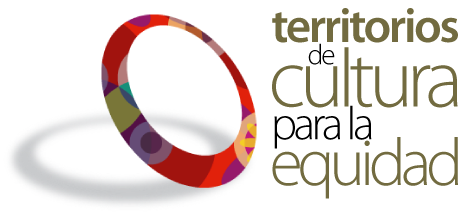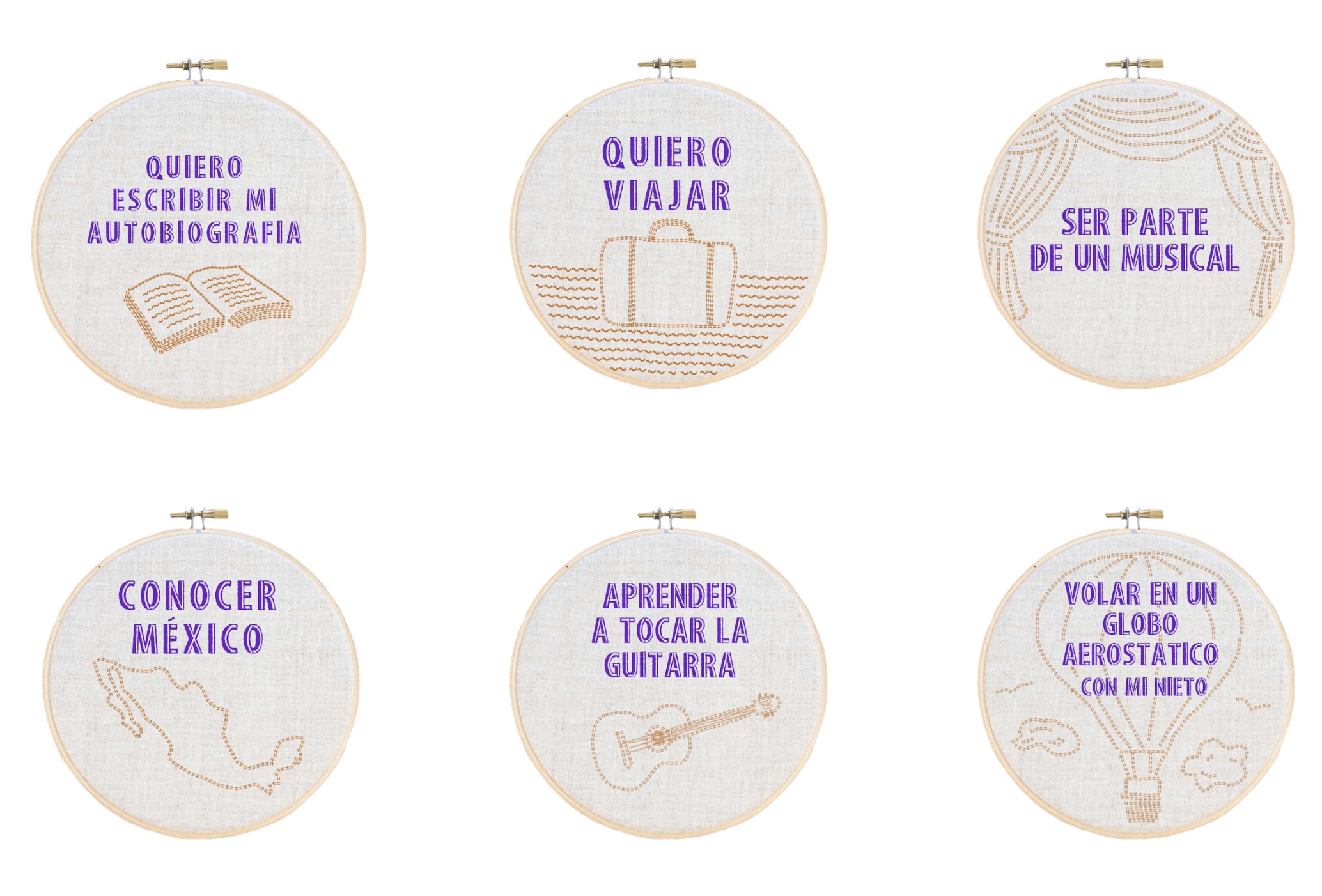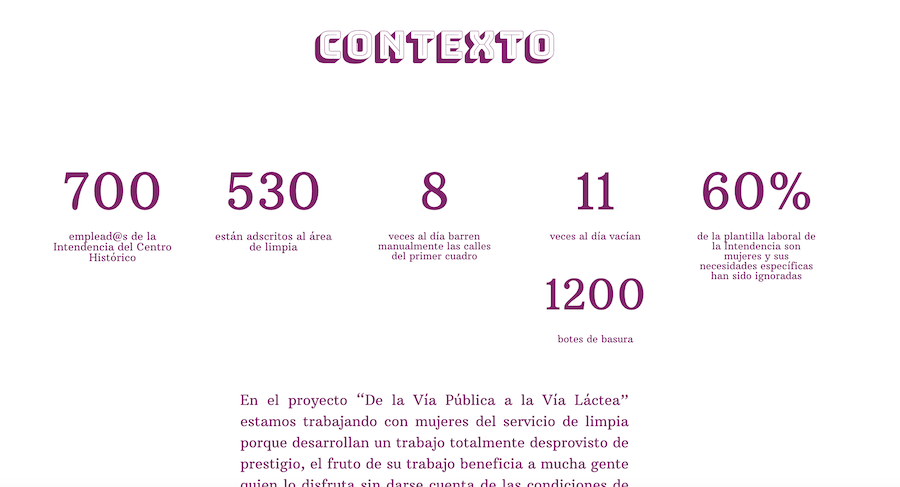Systematizing & diversifying content for platforms
client
Territorios de Cultura para la Equidad (Mexico)
category
consultancy
date
2022-2024

Territorios de Cultura para la Equidad is a non-profit feminist citizen collective working since 2004 with and for women of all ages, professions and living conditions.
In this project, I was in charge of:
Consultancy & systematization: a fundamental part of this project was to actually decide what and how to present 20 years of the organization's work on the site.
Web redesign: a complete redesign of the organization's site based on Wordpress.
Illustrations: visual scribing, digital illustrations
Documentation: photo and video documentation of events
After 20 years of joyful and challenging activism, the founding members of Territorios para la Cultura y Equidad are ready to "take off their shoes" and retire. As a way of honouring the memory of the collective and of feminism in Mexico, "las territorias" wanted to share their adventures on their website. By chance, at that time, I happened to meet one of the members and we started collaborating.
Aurora granted me access to a couple of Google accounts with hundreds of horrifying folders of project documents, duplicated photos, draft version 1, 2, 3... A labyrinth of information. Where to start?
We sat down and talked, and then talked some more. Every time we met, Aurora would thread another story into the quilt, and slowly and steadily the archive turned into life. The following sections will highlight the main aspects of this process.

Visuals
Though Territorios has an archive of photos and videos, this material was seldomenly employed in the former site. A key aspect in the redesign implied going through all the folders, classifying and organizing multimedia content to finally selecting the visual elements we felt complemented the textual information.
To this regard, creating illustrations helped diversify the visuals, inserting more figurative and emotional layers of the experiences lived by the organisation and the participants. For example, in Territorios' latest project, Se vale soñar" ("We can dream"), I translated the participant's dreams into embroidery pieces, relating to their imagery and to the notion of "sewing a dream stich by stitch". In Mexico and other parts of Latin America, women and feminists have re-signified the art of embroidery as a way of political resistence.


Timeline
A chronographic visualization of the projects casts a historical perspective on the organization's trajectory, as well as the nature and relationship between projects: how one project leads to another, how some processes take longer while others are more specific experiences.
A timeline grants a feeling of "looking back" and acknowledging all that has been lived together, an essential aspect of Territorios' current process.
Points of view
We wanted to emphasize more the participants' experience throughout the different projects. Testimonial carousels and word clouds to visualize points of convergence between contributions really helped enhance the project storytelling.


Context
People aren't numbers but sometimes numbers can give context to human stories. Through statistics, we were able to convey data collected in initial project assessments.
